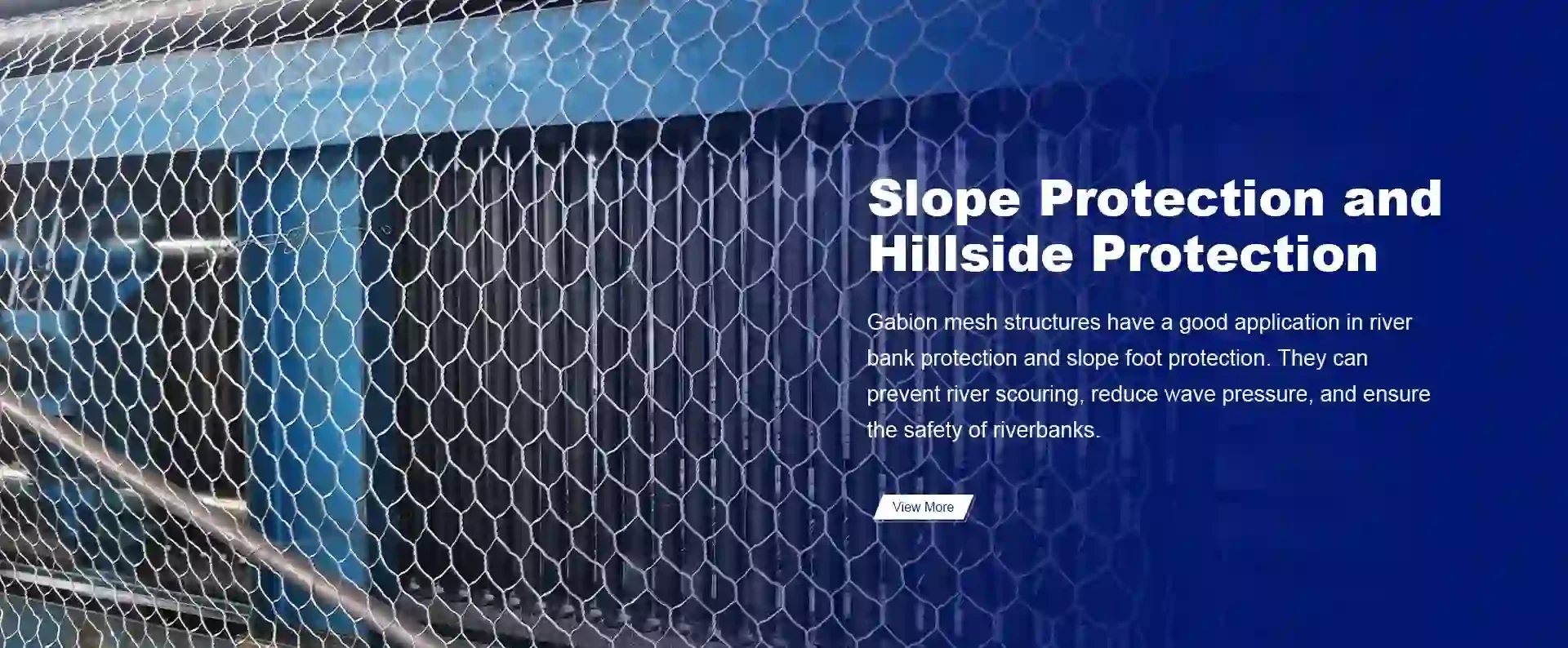
Benefits and Applications of Concertina Wire Fence in Perimeter Security
Concertina Wire Fence A Comprehensive Overview
Concertina wire fences are an essential component of modern security systems, widely employed in various settings ranging from military installations to private properties. Known for their formidable appearance and effective deterrent capability, these fences have become synonymous with protection and boundary enforcement. In this article, we will explore the properties, advantages, applications, and installation techniques of concertina wire fences.
What is Concertina Wire?
Concertina wire, often confused with barbed wire, consists of sharp-edged coiled wires that are typically fabricated from high-tensile steel. The coils are designed to expand outward, forming a series of loops that can be interconnected to create an effective barrier. The unique design of concertina wire allows it to be deployed easily and provides a significant obstacle for potential intruders.
Properties and Design
The primary characteristic of concertina wire is its intricate coil design, which makes it difficult to climb over or cut through. The sharp edges of the wire pose a serious risk to anyone attempting to breach the security that it offers. Moreover, the wire is often coated with a layer of galvanized steel to prevent rusting, ensuring longevity and durability.
When installed properly, concertina wire fences can cover large areas, ranging from a few feet to thousands, making them a versatile option for various applications. The height and thickness of the wire can also be adjusted depending on the level of security required.
Advantages of Concertina Wire Fences
One of the primary advantages of concertina wire fences is their deterrent effect
. The mere sight of these fences can discourage potential trespassers, as they are often associated with high-security environments. Additionally, concertina wire is relatively low maintenance, needing minimal upkeep compared to other security measures.concertina wire fence

Another benefit is the cost-effectiveness of installing a concertina wire fence compared to traditional fencing solutions. While the upfront cost may vary based on materials and installation complexity, the long-term savings in maintenance and the enhanced security are well worth the investment.
Applications
Concertina wire fences find application in multiple domains. They are predominantly used in military bases, correctional facilities, and government buildings where high security is paramount. These fences are also commonly found surrounding industrial sites, airports, and storage facilities, where the protection of valuable assets is crucial.
In certain areas, concertina wire is utilized in combination with other security measures, such as CCTV and alarm systems, for an integrated approach to security. This layered defense strategy increases the overall effectiveness of the security system, as it provides multiple barriers to entry.
Installation Techniques
The installation of concertina wire fences requires careful planning and execution to ensure optimal security. Typically, the fencing is anchored to strong posts set deep into the ground to resist significant forces. The distance between the posts depends on the height and weight of the wire and the specific contours of the land.
It is advisable to consult with security experts during the planning stage to determine the most fitting type and configuration for a concertina wire fence. They can conduct site assessments and advise on local regulations concerning security measures. Moreover, safety gear and protocols should always be observed during installation to prevent accidents involving the sharp edges of the wire.
Conclusion
In summary, concertina wire fences are an effective, durable, and cost-efficient solution for enhancing security in various environments. Their intimidating appearance, combined with their robust construction, makes them a reliable option for properties requiring high protection levels. As security needs evolve, concertina wire fences will continue to remain a significant choice for those seeking to safeguard their premises effectively.
-
Metal Products Company Galvanized Cable for SaleNewsAug.06,2025
-
Maintenance of Rock Wall with Wire MeshNewsAug.06,2025
-
Loop Tie Wire Cost Effective OptionsNewsAug.06,2025
-
High Quality Cable Cu Xlpe Swa Pvc SupplyNewsAug.06,2025
-
Durable Hexagonal Mesh Wire ProductsNewsAug.06,2025
-
Baling Wire Direct Reliable ServiceNewsAug.06,2025
-
Wire Mesh for Every Need: A Practical SolutionNewsJul.25,2025








